Goa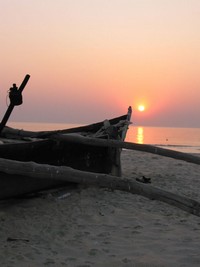
Goa pronunciation (Konkani: गोंय /ɡɔ̃j/) is India’s smallest state in terms of area and the fourth smallest in terms of population. Located on the west coast of India in the region known as the Konkan, it is bounded by the state of Maharashtra to the north, and by Karnataka to the east and south, while the Arabian Sea forms its western coast.
Panaji (also referred to as Panjim) is the state’s capital. Vasco da Gama (sometimes shortened to Vasco) is the largest city. The historic city of Margao still exhibits the influence of Portuguese culture. Portuguese first landed in Goa as merchants, in the early 16th century, and conquered it soon after. The Portuguese overseas territory existed for about 450 years, until it was annexed by India in 1961.
Renowned for its beaches, places of worship and world heritage architecture, Goa is visited by hundreds of thousands of international and domestic tourists each year. It also has rich flora and fauna, owing to its location on the Western Ghats range, which is classified as a biodiversity hotspot.
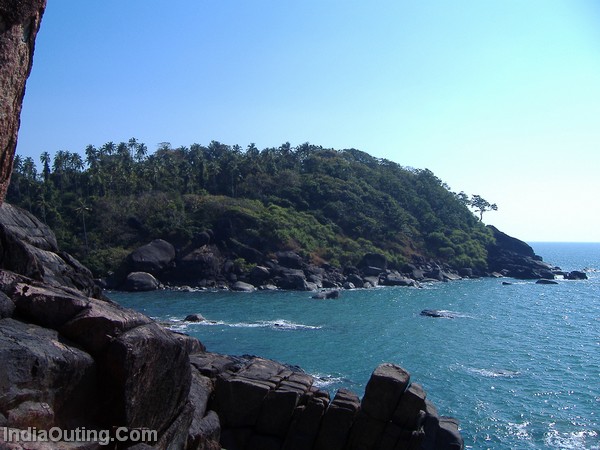  History
Goa’s known history stretches back to the 3rd century BC, when it formed part of the Mauryan Empire. It was later ruled by the Satavahanas of Kolhapur, around 2000 years ago it was passed on to the Chalukya Dynasty, who controlled it between 580 to 750. Over the next few centuries Goa was successively ruled by the Silharas, the Kadambas and the Chalukyas of Kalyani, rulers of Deccan India.
In 1312, Goa came under the governance of the Delhi Sultanate. However, the kingdom’s grip on the region was weak, and by 1370 they were forced to surrender it to Harihara I of the Vijayanagara empire. The Vijayanagara monarchs held on to the territory until 1469, when it was appropriated by the Bahmani sultans of Gulbarga. After that dynasty crumbled, the area fell to the hands of the Adil Shahis of Bijapur who established as their auxiliary capital the city known under the Portuguese as Velha Goa.
In 1510, the Portuguese defeated the ruling Bijapur kings with the help of a local ally, Timayya, leading to the establishment of a permanent settlement in Velha Goa (or Old Goa).
The Portuguese encouraged the spread of Christianity , often with repressive measures leading to a significant population converting to Christianity. The repeated wars of the Portuguese with the Marathas and the Deccan sultanate, along with their repressive releigious policies led to large migrations of Goans to neighbouring areas.
In 1843 the capital was moved to Panjim from Velha Goa. By mid-18th century the area under occupation had expanded to most of Goa’s present day state limits. Simultaneously the Portuguese lost other possesions in India until their borders stabilised and formed the Estado da India Portuguesa, of which Goa was the largest territory.
After India gained independence from the British in 1947, Portugal refused to negotiate with India on the transfer of sovereignity of their Indian enclaves. On 12 December 1961, the Indian army commenced with Operation Vijay resulting in the annexation of Goa, Damman and Diu into the Indian union. Goa, along with Daman and Diu was made into a centrally administered Union Territory of India. On 30 May 1987, the Union Territory was split, and Goa was elevated as India’s twenty-fifth state, with Daman and Diu remaining Union Territories.
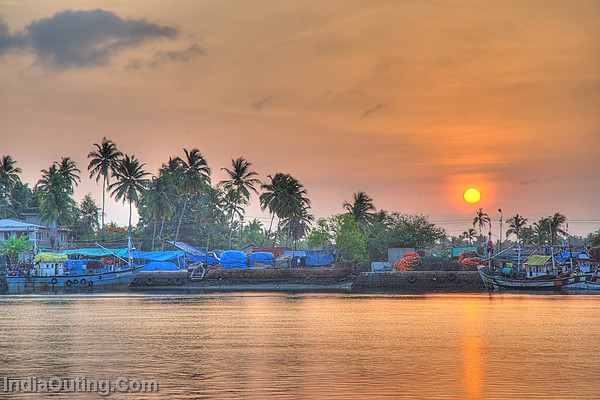 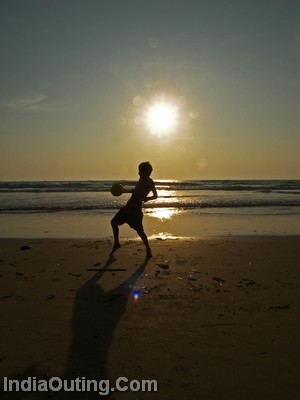 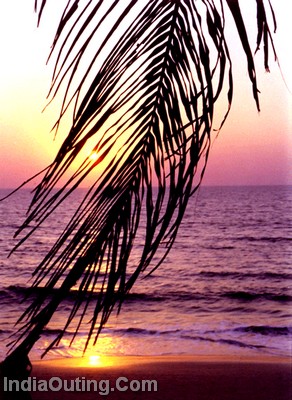 Climate
Goa encompasses an area of 3,702 km² (1,430 sq mile). It lies between the latitudes 14°53’54″ N and 15°40’00″ N and longitudes 73°40’33″ E and 74°20’13″ E. Most of Goa is a part of the coastal country known as the Konkan, which is an escarpment rising up to the Western Ghats range of mountains, which separate it from the Deccan Plateau. The highest point is the Sonsogor, with an altitude of 1,167 meters (3,827 feet). Goa has a coastline of 101 km (63 miles).
Goa’s main rivers are the Mandovi, the Zuari, the Terekhol, Chapora River and the Sal. The Mormugao harbor on the mouth of the river Zuari is one of the best natural harbors in South Asia. The Zuari and the Mandovi are the lifelines of Goa, with their tributaries draining 69% of its geographic area. Goa has more than forty estuarine, eight marine and about ninety riverine islands. The total navigable length of Goa’s rivers is 253 km (157 miles). Goa has more than three hundred ancient tanks built during the rule of the Kadamba dynasty and over a hundred medicinal springs.
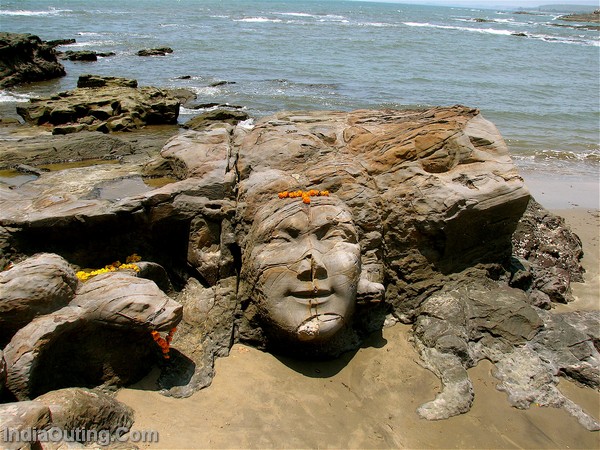  Get in
Goa can be reached by its lone airport (Dabolim), by train, and by the many buses connecting the state with cities in India (primarily Mumbai and Bangalore). If you are travelling from Mumbai or Pune, car travel would provide you a journey through he breathtaking scenery of Konkan area.
By bus : There are several bus routes from various cities, but most traffic is from mainly Bombay and Pune, but with increasing demand from the south, there has been an increase in buses and trains from Bangalore and New Delhi. Overnight buses from Mumbai to Goa are one alternative to trains and flying. Note that while many of the coaches are newer Volvo models, you will share your sleeper bunk with one other person. (2 Person bunk)
By train : Indian Railways connects Goa with direct train services from Delhi, Mumbai, Ahmedabad, Mangalore, Kochi, Kolkata, Thiruvanantapuram, Bangalore, Chennai and Hyderabad. The destination station is usually Madgaon in South Goa. Travelling to Goa by train is a real pleasure as the route passes through greenery and many tunnels.
A railway station which most tourists tend to miss is Thivim, which is served by most trains and is just 20 minutes away from Calangute beach by taxi.
For budget travellers, this is the cheapest option, apart from being faster and much more comfortable than travelling by road. It is advisable for tourists to make reservations well in advance as the major trains (Konkan Kanya, Nethravati express etc.) are usually heavily booked. Also note that trains from Mumbai and most other places have a quota of seats set aside for tourists.
By air : Goa has one airport at Dabolim in Vasco, that was actually owned by the Indian Navy. Wide bodied aircrafts are unable to land here. Presently the airport is heavily used due to the influx of tourists.
Some airlines fly directly to Goa, but most international flights arrive via Mumbai.
Goa has daily flights to and from Bangalore, Delhi, Mumbai and Pune (no flights return to Pune) and has flights twice a week to Chennai. Recently, daily flights to Jaipur and Ahmedabad, as well as to Mangalore, Kozhikode (Calicut) and Kochi (Cochin) have also been added.
By ferry : The once-popular steamer service that connected Goa with Bombay via a 22-hour inexpensive journey no longer plies. There are occasional cruise services between the two.
 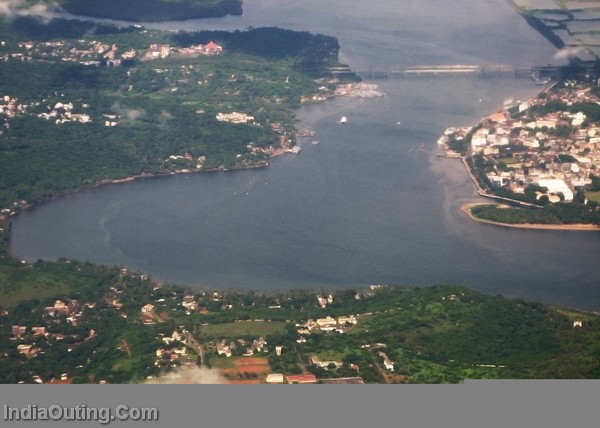 See
Beaches
Goa is world famous for its beaches, its ancient temples and churches, and its Goan carnival.
If naval aviation interests you, you might want to stop by the Naval Air Museum. This is behind the Dabolim Airport, and you will need to loop around the airport perimeter across the Dabolim Railway station to get there. There are seven outdoor exhibits and other memorabilia and models in a two story building.
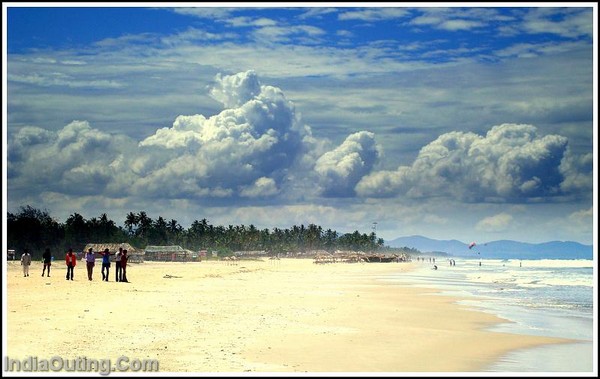 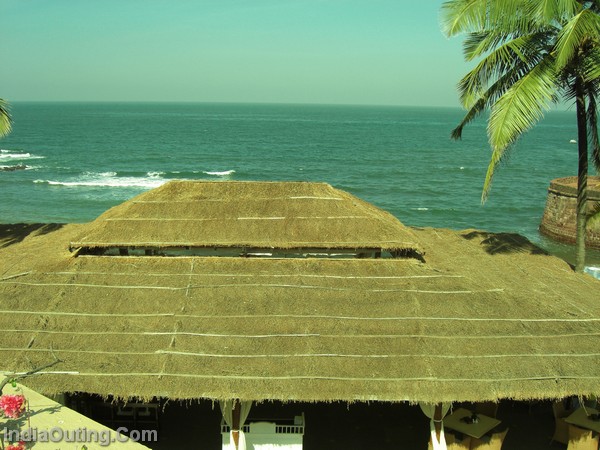  Do
Since Goa has a large Catholic minority, it has many Catholic holidays besides the Indian national holidays. One of them, the Carnival though often mistaken for a ‘Catholic holiday’ is largely a Government sponsored affair of Floats and festivities.
There is a lot to do – for those who like their fun a little laid back
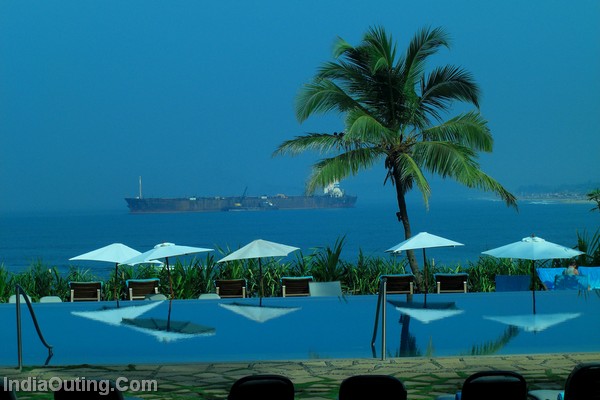 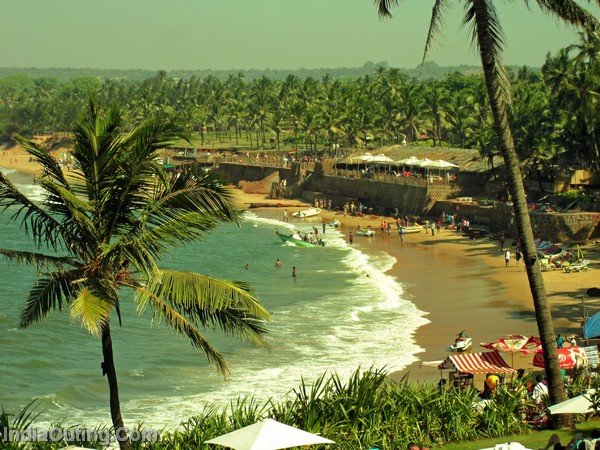 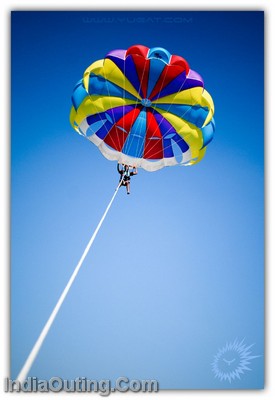 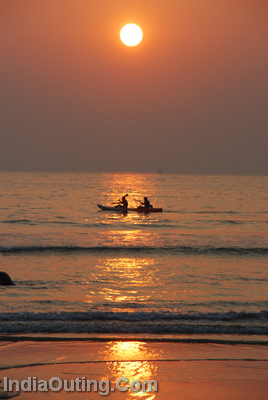 Diving Diving
The dive season is between mid October to mid May. Diving is not possible during the monsoons in India ( June till mid October ) The water temperature is between 27 to 30 degrees. The local diving here consists of dives sites around Grande Island, just off the coast near Vasco Da Gama. The dive sites are mostly 12 to 16m deep, and the visibility varies through the season, with an average of around 5-6 m. Marine life is abundant, with many species of reef fish, and hard and soft coral,and several shipwrecks to dive.
If you want to dive Goa, there are several dive centers operating, and they offer local dives,conduct PADI courses, and organize dive trips to Pigeon Island (also known locally as Netrani Island) in the neighboring state of Karnataka.
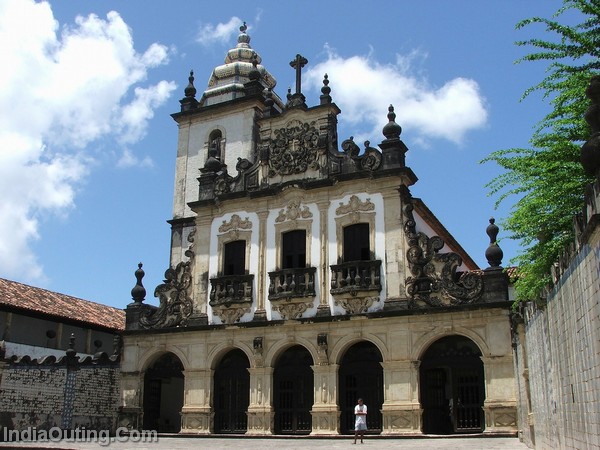 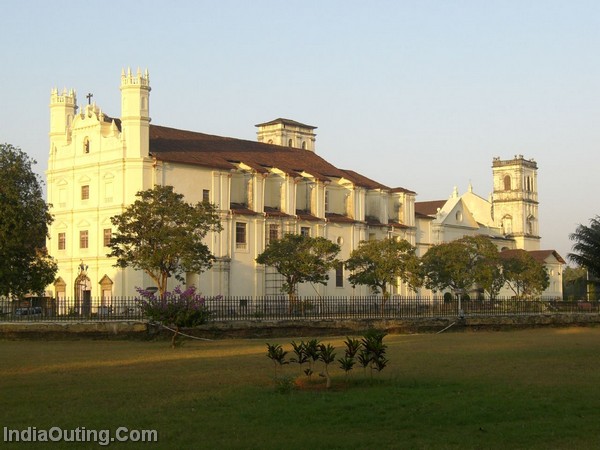 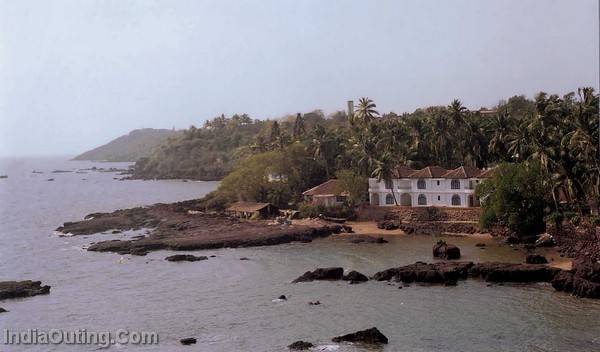
Click On Subject To View
|
Jariwalanj Goup
Thursday, October 11, 2012
Subscribe to:
Post Comments (Atom)
Goa is one of the most beautiful States of India and very worth to visit in India. This beautiful state is synonyms to beaches and fun filed vacations. This beautiful state is truly the most charming states and is one of the most traveled destinations in this country. Goa is one of the amazing and major destinations for the visitors from all over the world. The honeymooners from all over the world along with the other tourist, visitors and the world trotters visit this splendid state and enjoy their wonderful vacations.
ReplyDeleteThis comment has been removed by the author.
ReplyDelete